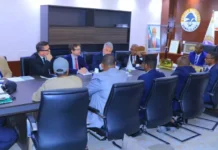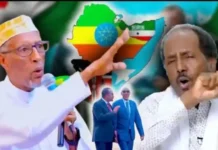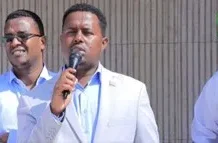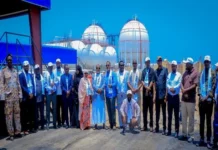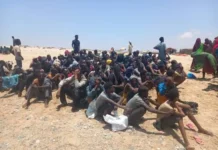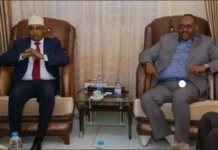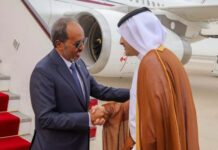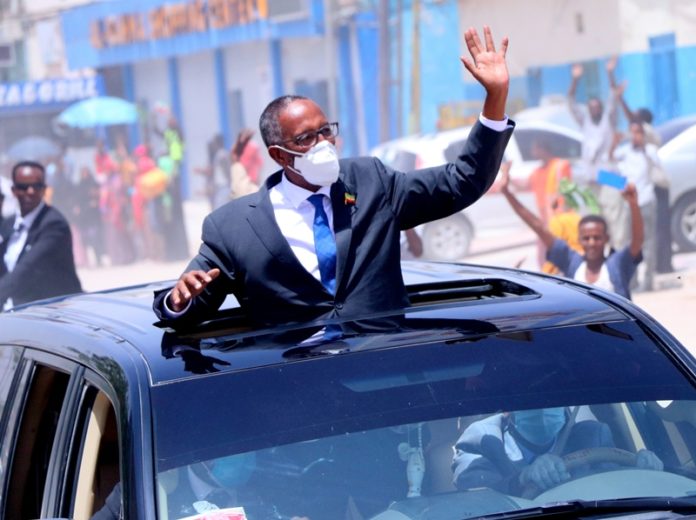- In recent weeks following the symbolic Somaliland-Somalia talks in Dji- bouti, much has be said about Somaliland in unexpected places around the globe, including the recent parliament debate in Gambia, small west African country, the Taiwan Somaliland agreement, and the Chinese revolt just to mention a few. These are examples of what exposure could ac- complish regardless of the outcome. Somaliland should not be measuring its quest for recognition on how many nations are sympathetic to their cause but on how many nations are on their bucket list foe or friendly. As the saying goes, “There is no such a thing as bad publicity”.
- Somaliland elected leaders must knock every door, especially those en- trusted with the foreign affairs as they have demonstrated in recent foreign policy maneuvers. Furthermore, as this journey is all inclusive both elected officials in tandem with ordinary citizens and media must stay the course.
In order to make yourself known, be an uninvited guest in international conventions and public events in your home town, be in contact with your local representatives, especially the Somaliland diaspora, leave fliers in local libraries and research institutions including universities. - Somaliland has traveled a long, treacherous and deadly road littered with remains of its young and elderly to get where it is today.
- As of today, over two hundred mass graves have been unearthed by water run-off and flooding during the rainy seasons. Although Somaliland people fought the British colony for its independence for over seventy-three years beginning in 1887, it never experienced such a tragic massacre and geno- cide under the colonial rule compared to the one committed by Siad Bare’s regime within a very short period of time.
- “On a hot and humid June afternoon, a group of boys wearing FC Bar- celona jerseys kicked around a soccer ball in the Malko-Durduro, a dry seasonal river on the outskirts of Hargeisa, the capital of the breakaway territory of Somaliland. At first glance, the flat, red earth of the riverbed made for a typical improvised pitch in this arid region. But recent heavy rains had exposed what had earned the area the moniker “the Valley of Death.” Around them, human bones protruded from the ground. But these
- kids had grown up playing soccer surrounded by skeletal remains; they hardly noticed them…”
- (Pulitzercenter In the Valley of Death: Somaliland’s Forgotten Genocide)
- Somaliland has shown the world that its citizens are determined, proud, and resilient and has accomplished a lot including bringing peace within its boundaries and fighting terrorist groups and piracy from its shores on their own without any help from the international community for the last thirty years since it reclaimed its independence in May 18, 1991.
- Somalia is mired in political instability, there is distrust between the central government and the regional states, it has failed to liberate its citizens from the brutal Al-Shabab terrorist group even with the help of over twen- ty-thousand strong foreign military soldiers and financial support from the international community.
- Obviously, Somalia’s leaders have failed their people and the international community. On the other hand, Somaliland demonstrated why they de- serve a recognition from the world since they fulfilled all the requirement of Statehood.
- It also important to note that Somaliland became independent on June 26, 1960, from British and was recognized by 35 countries including the Unit- ed States of America.
- As noted above, Somaliland was a sovereign nation before it united with Somalia on July 1st, 1960.
- By Mohamed Adan Samatar
- Cited
(Pulitzercenter In the Valley of Death: Somaliland’s Forgotten Genocide)


